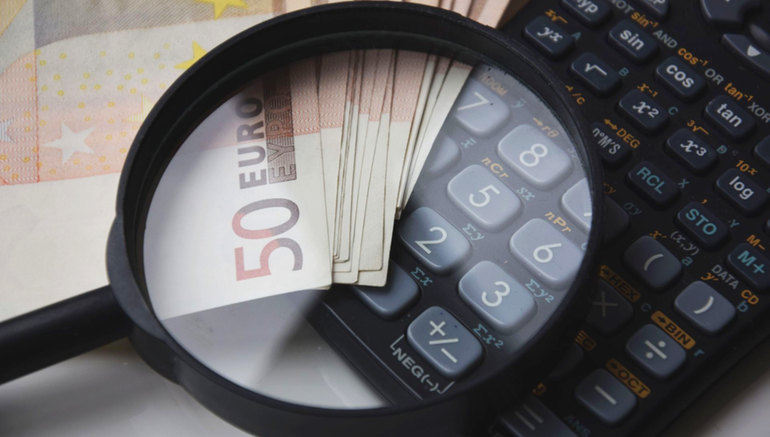The government bears no risk, but keeps the excess returns, which belongs to CPF members.
The GIC’s performance is not much worse than other sovereign wealth funds.
I refer to the article “GIC posts steady real returns of 3.7% amid uncertainty” (Straits Times, Jul 10)
It states that “GIC’s 20-year annualised real rate of return – its most important benchmark – was 3.7 per cent (5.1 per cent nominal) for the year ended March 31, down from the previous year’s 4 per cent, it noted in its latest annual review.”
Actually, the GIC’s performance may not be very much worse than other better known and large sovereign wealth funds (time periods vary as the following is the latest data that I can find).
For example, the Abu Dhabi Investment Authority fund’s 20-year annual rate of return was 6.5 percent at the end of 2015, and a 30-year annualized return of 7.5 per cent.
The Norwegian fund generated an annual return of 5.8 percent between 1 January 1998 and the end of the first quarter of 2017. After management costs and inflation, the annual return was 3.9 percent.
According to the article “Many unhappy returns” (The Economist, Nov 21, 2015).
Median pension fund return – 8.5%?
– “Over the past five years the median pension fund has earned an annualised return of 9.5% (in USD terms); over the past 25 years, the return has been 8.5%”.
GIC 20 years’ return – 6.1%?
According to the GIC’s 2014/2015 Report – “In nominal USD terms, the portfolio generated an annualised return of 6.1% over the 20 years ended 31 March 2015.
GIC’s 20-year nominal return was 6.1% per annum in USD terms, while that of the Reference Portfolio was 6.9%”.
Some questions may still be left unanswered:
S$ return from inception?
What is the GIC’s nominal and real returns from inception in S$ and US$?
Comment: This would tell us how much is the excess returns kept by the Government from the interest rates paid on our CPF funds.
Why selective disclosure of S$ returns?
Why is it that the nominal and real returns for 20, 10 and 5 years are only given in US$ and not S$?
Has the 20-year return improved?
Since it was disclosed (2014) that the 20-year return in S$ was 5.2 per cent – has this figure improved for the current 20-year reporting period of the report?
Any other national pension does this?
Comment: Are there any national pension funds or sovereign wealth funds that do not also report their returns in the countries’ own currency?
The real returns in S$ (last reported in 2014) which has been given and in the past are for selective periods only. Why is this so?
No transparency and accountability?
Comment: Why do we still not have transparency and accountability for our CPF?
CPF members and taxpayers bear the risk?
Finally, the repetitious argument that the historical lowest real returns in the world of all national pension funds, is fair because the Government guarantees the returns, is nonsensical as no country does this, and the people are bearing the risk of the CPF returns being so much lower than the actual returns.
Govt bears no risk, but keeps huge returns?
In other words, the Government bears no risk, but keeps the bulk of the excess returns, which belong to CPF members
Leong Sze Hian
